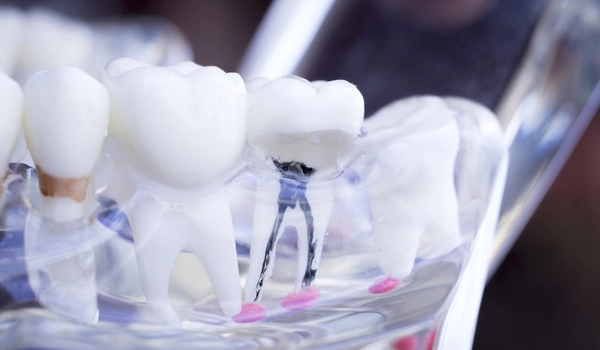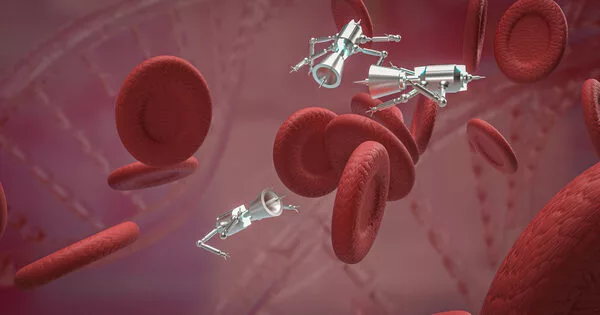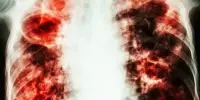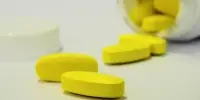Microrobotics in endodontics refers to the use of small robots or robotic systems in the diagnosis and treatment of diseases and conditions of the dental pulp and root canals of teeth. This technology can be used to improve the precision and accuracy of endodontic procedures, such as root canal therapy and pulp capping. Some examples of microrobotic systems that have been developed for endodontic use include the Smart-Pulse laser and the EndoAssist robotic system. These systems can be used to perform procedures such as removing infected tissue, shaping and cleaning root canals, and filling them with sealant.
The use of microrobotics in endodontics is a relatively new and emerging field, and more research is needed to fully understand the potential benefits and limitations of this technology. However, it has the potential to improve the outcomes of endodontic procedures, as well as make them more efficient and less invasive for patients.
Researchers demonstrated in a proof-of-concept study that microrobots can access difficult-to-reach surfaces of the root canal with controlled precision, treating and disrupting biofilms and even retrieving samples for diagnostics, allowing for a more personalized treatment plan.
The root canal system, with its irregularities and anatomical complexities, is one of the most clinically challenging spaces in the oral cavity. As a result, biofilm that has not been completely cleared from the canals’ nooks and crannies remains a leading cause of treatment failure and persistent endodontic infections, and there are few ways to diagnose or assess disinfection efficacy. Microrobots may provide clinicians with a new tool to overcome these challenges one day.
Researchers from Penn Dental Medicine and its Center for Innovation & Precision Dentistry (CiPD) demonstrated in a proof-of-concept study that microrobots can access the difficult-to-reach surfaces of the root canal with controlled precision, treating and disrupting biofilms and even retrieving samples for diagnostics, allowing for a more personalized treatment plan. The Penn team’s findings on the use of two different microrobotic platforms for endodontic therapy were published in the August issue of the Journal of Dental Research, and the work was chosen for the cover.
This technology offers the potential to advance clinical care on a variety of levels. One important aspect is the ability to have diagnostic as well as therapeutic applications. In the microswarm platform, we can not only remove the biofilm, but also retrieve it, enabling us identify what microorganisms caused the infection.
Dr. Edward Steager
“The technology could enable multimodal functionalities to achieve controlled, precision targeting of biofilms in hard-to-reach spaces, obtain microbiological samples, and perform targeted drug delivery, ” says Dr. Alaa Babeer, lead author of the study and a Penn Dental Medicine Doctor of Science in Dentistry (DScD) and endodontics graduate, who is now within the lab of Dr. Michel Koo, co-director of the CiPD .
The microrobots in both platforms are built with iron oxide nanoparticles (NPs) that have both catalytic and magnetic activity and are FDA approved for other uses. A magnetic field is used in the first platform to concentrate the NPs in aggregated microswarms and magnetically control them to the apical area of the tooth to disrupt and retrieve biofilms via a catalytic reaction. The second platform makes miniaturized helix-shaped robots embedded with iron oxide nanoparticles using 3D printing. Magnetic fields guide these helicoids as they move through the root canal, transporting bioactive drugs that can be released locally.
“This technology offers the potential to advance clinical care on a variety of levels,” says Dr. Koo, co-corresponding author of the study with Dr. Edward Steager, a senior research investigator in Penn’s School of Engineering and Applied Science.
“One important aspect is the ability to have diagnostic as well as therapeutic applications. In the micro warm platform, we can not only remove the biofilm but also retrieve it, enabling us to identify what microorganisms caused the infection. In addition, the ability to conform to the narrow and difficult-to-reach spaces within the root canal allows for more effective disinfection in comparison to the files and instrumentation techniques presently used.”

A Collaborative System
This microrobotics system is the outgrowth of collaborative work that has been ongoing for several years between Penn Dental Medicine and Penn Engineering. In a recent separate study, Dr. Koo and colleagues constructed the platform to electromagnetically control the microrobots, in that case, enabling microswarms of the iron oxide NPs to adopt different configurations and release antimicrobials on site to effectively treat and remove plaque from teeth.
“We see potential applications of micro robotic systems for both at-home oral care as well as in the dental office for more precise and effective tools for clinicians,” says Dr. Koo.
Breaking the Mold
The second system tested exploits the flexibility of iron oxide NPs as building blocks and involves creating a molded robotic system. Soft corkscrew-like molds in the form of a helicoid (two helices wrapped around a central axis) were 3D printed and filled with an NP-embedded gel. Using a magnetic field, the helicoids were shown to move through the canal with high efficiency to achieve chemical and mechanical disruption of biofilm. Of particular note is the added ability to load the helicoids with therapeutics for targeted drug delivery at the apical region of the root canal where the infection is in close proximity to the surrounding tissues.
Furthermore, the research team demonstrated the unique ability to track the microrobots in real-time using existing imaging technologies such as intraoral scanners, dental x-rays, and cone-beam computed tomography, all of which were capable of locating the helicoids in the intact tooth canal.
“Importantly, we demonstrated in an ex vivo model that the magnetic field could control the robots without being interrupted by the soft and hard tissue surrounding the teeth. They also demonstrated incredible maneuverability from top to bottom of the canal “According to Dr. Karabucak, the magnetic field for both endodontic systems tested would be generated by a small device in the oral cavity.
Broad Applications
Along with the potential to improve endodontic treatment and tissue regeneration, the researchers believe this technology has broad applications in medicine and industry.
“From disinfecting medical devices such as catheters to ensuring clean water lines, this technology has the potential to transform areas far beyond dental medicine,” Dr. Koo continues. “It has the potential to disrupt current modalities across disciplines.”
















